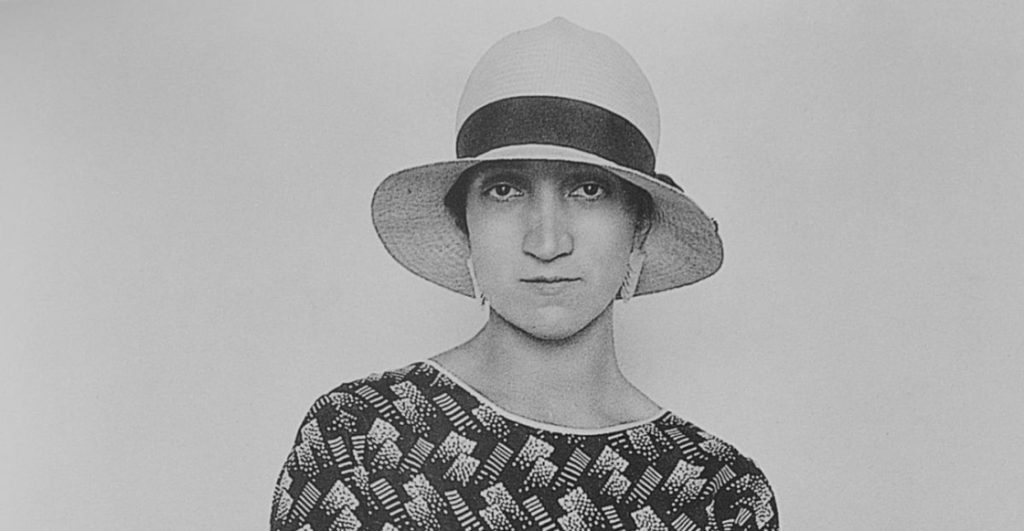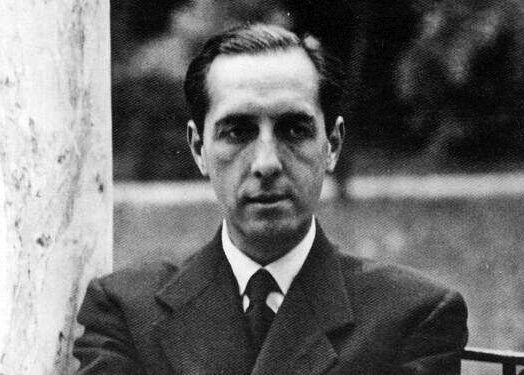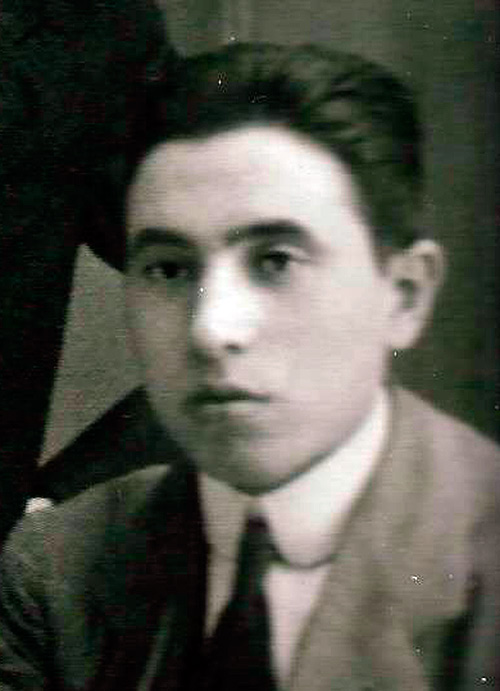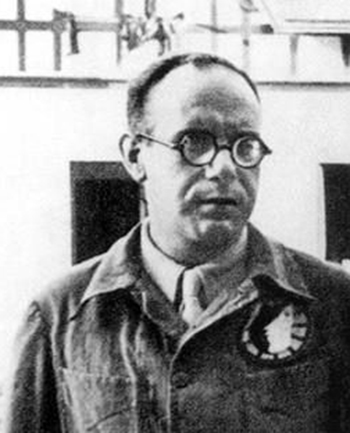Actress, patron of the arts, writer and cultural promoter, who was born in Mexico City on April 28, 1900, and died by shooting herself in the cathedral of Notre Dame de Paris on February 11, 1931, a few months before her 31st birthday and after a double love failure: with her husband, an Englishman whom she married at the age of 18, and with the politician José de Vasconcelos, with whom she collaborated in the campaign for the presidency of Mexico. Antonieta visited Lorca at Columbia University, during the poet’s stay in New York in the fall of 1929, with the purpose of financing a performance in English of Don Perlimplín or The Billy-Club Puppets. The writer appears in two well-known photographs with Lorca, one next to the large sundial of the American university, in the company of two other characters identified as a jazz pianist and a dancer from Hawaii. In a letter addressed to the cartoonist and muralist Manuel Rodríguez Lozano, the impossible love of her life given his homosexual condition, after the Columbia meeting, Mercado describes Federico in this way: “A strange boy with a heavy and loose gait, as if his legs were heavy on his knees -with a child’s face, round, pink, with dark eyes, and a pleasant voice. Simple in manner, without plainness. Deep, he feels alive, preoccupied with the same concerns as ours: purity, God. He is a child. But a child without agility, his body, as if it were slipping away, weighs him down. Cultured, of ancient spiritual culture, studious, tormented -sensitive…”. In 1982, the director Carlos Saura directed a film about the writer’s life with the title Antonieta, starring Isabelle Adjani.
Antonieta, who combined her interest in writing with her defense of women’s rights and political activism, is an icon of universal culture in Mexico.
Although in Lorca’s biography she is barely a marginal character who appears and disappears without leaving a trace, both her pale, distinguished and melancholic figure in the two photographs with the poet and her tragic personal vicissitudes and posthumous fame in Mexico (the composer Federico Ibarra was inspired by her for an opera premiered on the centenary of the Mexican Revolution) make her a fascinating figure who also shared aesthetic affinities with the Granada-born poet. Antonieta, who combined her interest in writing with the defense of women’s rights and political activism, is an icon of universal culture in Mexico.
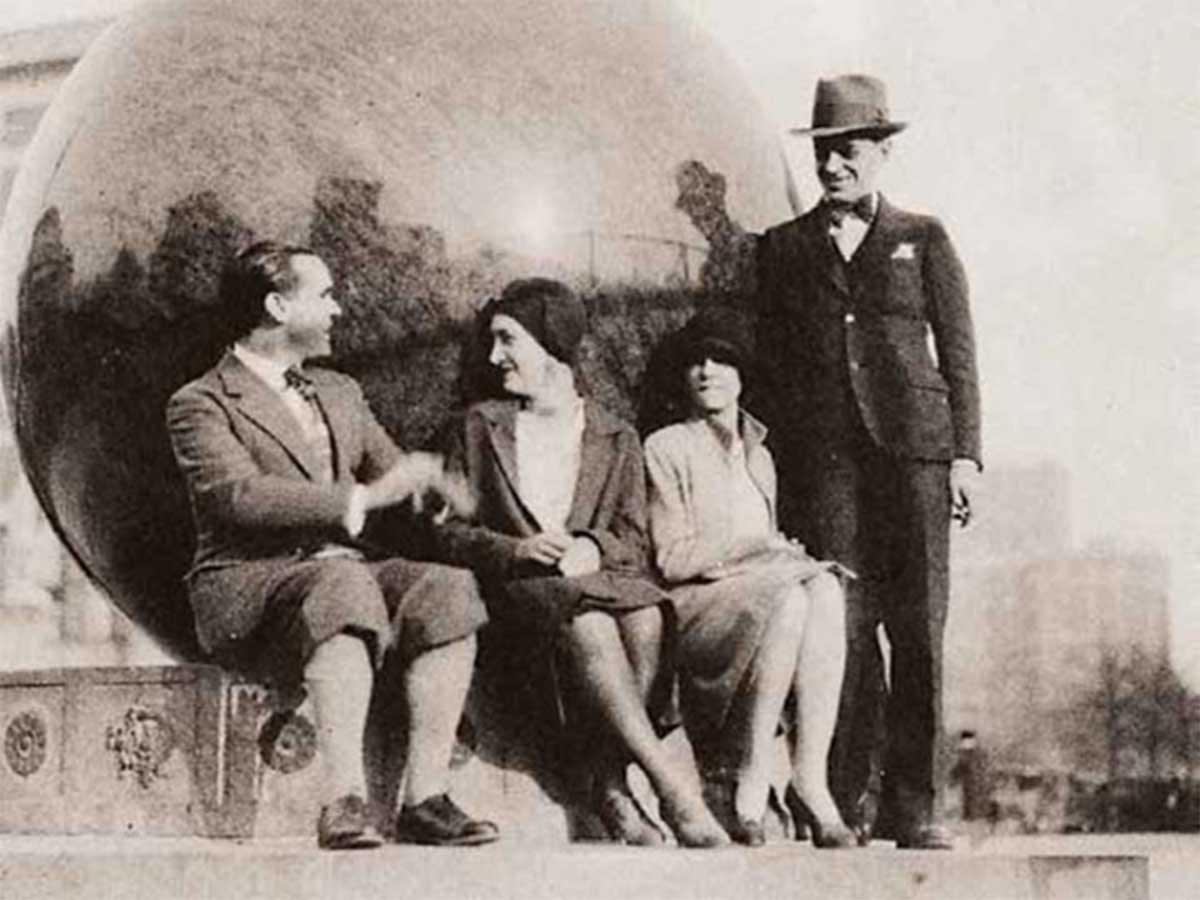
The meeting was fixed in Antonieta’s memory, for in a conversation with Herschell Brickell, one of Lorca’s first translators into English, recorded by Ian Gibson, she predicted: “I am sure you think of Federico as a poet, but one day he will be better known as a playwright. I have read some of his dramatic works and they surpass in quality his best poems”. Lorca, in the months before his murder, planned a tour of Mexico accompanied by Margarita Xirgu.
Federico, for his part, also mentions the visit in a letter to his family written in the first week of November 1929: “I am sending you a photograph in which I am with María Antonieta Rivas, a Mexican millionaire, founder of the Contemporáneos magazine and Ulises Theater in México, a great friend of mine.” In another letter written a few days earlier he had informed them of the existence of “some millionaire interested” in sponsoring the representation of the puppet plays alluded to. The author of the images was the Mexican painter and film director Emilio Amero Mimiaga (1901-1976) with whom Lorca then planned to shoot his script Trip to the Moon.
Antonieta visited Lorca at Columbia University, during the poet’s stay in New York in the fall of 1929, with the purpose of financing a performance in English of either ‘Don Perlimplín’ or ‘The Billy-Club Puppets’. The writer appears in two well-known photographs with Lorca, next to the large sundial of the American university.
Antonieta Rivas was the daughter of the architect Antonio Rivas Mercado, author of the Column of Independence or The Angel of Independence placed in 1910 in Mexico City during the presidency of Porfirio Díaz. Ever since she was a child she had shown artistic interests and even after visiting the French capital at the age of eight she had the whim of learning ballet at the Paris Opera, but her father objected. She spoke five languages in addition to Spanish. The Mexican Revolution put her family in trouble: her mother escaped to Europe and she took over the care of the family.
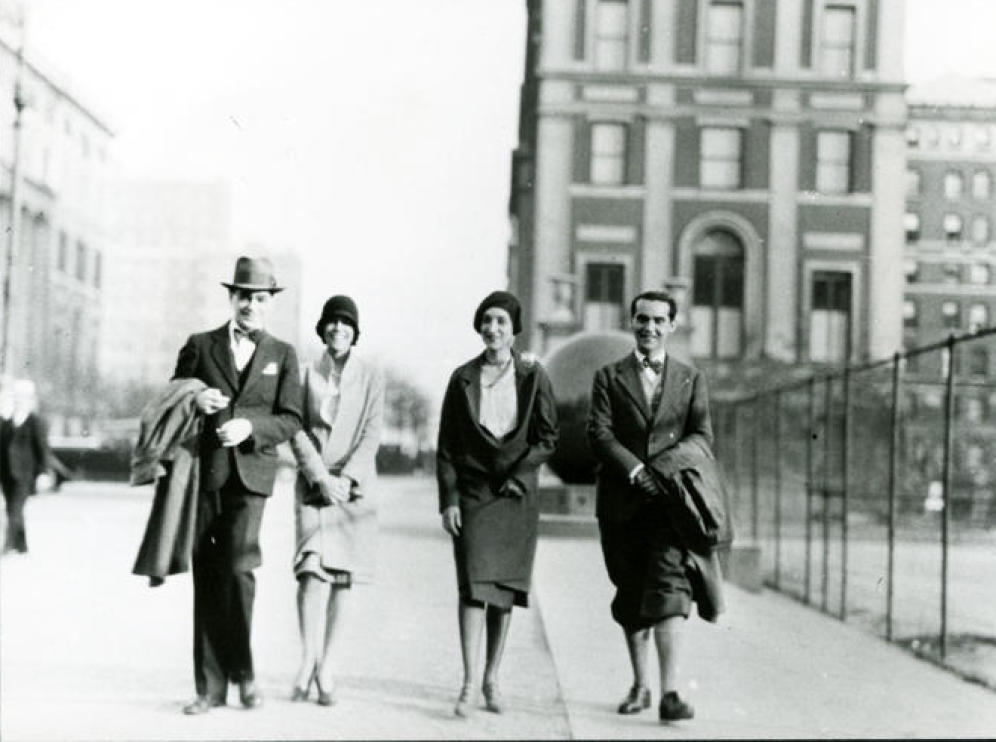
Throughout her artistic and patronage career, she founded the Ulises Theater. she was part of the board of the Symphony Orchestra of Mexico and surrounded herself with a large roster of artists, including the aforementioned Manuel Rodriguez, the homosexual painter with whom she fell in love and became a confidant.
In 1982, director Carlos Saura directed a film about the life of Rivas Mercado with the title ‘Antonieta’, starring Isabelle Adjani.
At the age of 18, she married Albert Edward Blair, ten years her senior, with whom she had a son in 1919. Three years later the marriage broke up. One of the causes was her husband’s opposition to the friendship between Antonieta and the muralist Diego Rivera. Between 1923 and 1926, Antonieta traveled with her son in Europe and on her return she separated.
Her sentimental relationship with the politician José Vasconcelos began in 1928 and ended a few years later, after his defeat as a candidate for the Mexican presidency due to the anti-democratic maneuvers of his rivals. Antonieta, who actively participated in Vasconcelos’ campaign, went into exile in New York and then to Paris, where she worked as a writer and journalist.
In France, insane from her sentimental failures and political defeat, she decided to end her life on February 11, 1931, with a pistol that had belonged to Vasconcelos and with a spectacular scenography: the cathedral of Paris. She even chose the exact place: “It is a bench facing the altar of the Crucified, in Notre Dame; I will sit down to have the strength to shoot”, she wrote in her diary. A few hours before her death she warned the Mexican consul: “Before noon I will have shot myself […]. I beg you to cable [my husband Albert] Blair and my brother to pick up my son. I do not do so because I have no money […]. I am solely responsible for this act with which I am ending an errant existence.” As compensation for the moral stain of suicide in a consecrated place, the Mexican government gave the Paris cathedral an image of the Virgin of Guadalupe.
